Getting Rid of Yeast Infections: Treatment and Prevention
Home remedies and medicated treatment options for a yeast infection
Vaginal yeast infections are very uncomfortable and, unfortunately, very common. Roughly 70-75% of women will experience a vaginal yeast infection at least once in their lives. 40-50% of women will experience recurring infections. While these fungal infections are more common in women, roughly 4% of men will experience one in their lifetime.
Yeast infections can be painful and complicated, which is all the more reason to know how to get rid of one. This article will lay out some basic facts about yeast infections before providing a wealth of ways to combat them and prevent them from occurring in the first place.
Yeast infection causes
Yeast infections—sometimes known as thrush—are infections caused by fungi. Women more commonly experience this affliction, but men can get them, too.
Yeast infections are most commonly caused by a type of fungus known as Candida albicans. The genitals host a careful balance of fungi and bacteria—not all bad. Bacteria like lactobacillus actually work to keep fungi like Candida albicans in check. However, when bacteria overpopulate the vaginal area, they cause a bacterial infection known as bacterial vaginosis. An overgrowth of fungus is known as vaginal candidiasis or a yeast infection. Those that specifically affect the outer tissue of the vagina (the vulva) are more specifically known as vulvovaginal candidiasis.
Many factors can cause an overgrowth of fungi in the vaginal area. Some of the most common of these include:
Antibiotic medication: Antibiotics can kill healthy bacteria in the vagina that keep Candida in check. This imbalance can lead to an overgrowth of Candida and a yeast infection.
Birth control: Birth control that increases estrogen levels can cause an overgrowth of Candida. This can lead to a yeast infection.
Pregnancy: Hormones change a lot during pregnancy. These fluctuations can cause an imbalance of bacteria to Candida flora, leading to an overgrowth of fungus.
Diabetes: The sugar surplus in your body due to diabetes can stimulate Candida growth. If diabetes is unmanaged, it can lead to a fungal infection.
Other underlying health issues: Other health conditions, such as obesity or a history of sexually transmitted infections, can also increase the likelihood of complicated yeast infections.
Weakened immune system: An impaired immune system can stifle your body’s ability to keep the Candida fungus in check.
Yeast infection symptoms
Just as the severity of infections can range from mild to moderate, the symptoms of an infection vary in how bad they are.
Common symptoms of a yeast infection include:
- Vaginal itching
- Irritation
- Burning pain, especially during intercourse or urination
- Thick, white vaginal discharge with the consistency of cottage cheese
- Redness and swelling
- Rash
Recurrent or complicated yeast infections (yeast infections that don’t go away after treatment) can cause more severe symptoms than those listed above, such as cracks or sores in irritated vaginal tissue.
If you think you may be experiencing a vaginal infection, it’s best to seek medical attention from a licensed health care provider. While many at-home remedies for yeast infections exist, you should get medical advice from a trained professional before undergoing treatment. This will help ensure that you take the proper steps to treat the condition adequately.
Home remedies for yeast infections
Many mild cases of yeast infection can be treated with some simple home remedies. These include over-the-counter medication and natural therapies.
Over-the-counter treatment options
Many antifungal medications are available over the counter (OTC), meaning you do not need a prescription to buy them. These drugs include antifungal creams, ointments, oral tablets, and suppositories.
The most common OTC antifungal medications include:
- Miconazole (Monistat): Available as a cream, suppository, and ointment.
- Clotrimazole (Lotrimin or Gyne-Lotrimin): Available as a vaginal cream and suppository.
- Tioconazole (Vagistat): Available as a single-dose ointment or suppository.
- Butoconazole (Femstat): Available as a cream or suppository.
- Terconazole (Terazol): Available as a creams or suppositories.
Follow the directions provided on the OTC medication packaging. If your symptoms do not improve or worsen after using OTC treatments or if you have recurring yeast infections, consult a health care professional. Additionally, if you are pregnant, nursing, or have certain medical conditions, you should consult your health care provider before using any OTC medications.
Natural treatment options
It should be noted that natural treatment options for yeast infections have not undergone rigorous clinical studies for their efficacy. The benefits of these therapies are primarily anecdotal. Talk to your health care provider if you have concerns about medicated treatment or want to know more about the potential good these remedies can do.
Probiotics: Probiotics are beneficial bacteria, often found in yogurt and supplements, that play a role in maintaining the natural balance of microorganisms in our bodies. When the balance is disrupted, as in the case of a yeast infection, probiotics can help restore it. By promoting the growth of good bacteria and inhibiting the overgrowth of yeast, probiotic supplements can aid in reducing the uncomfortable symptoms associated with yeast infections, such as itching and discomfort.
Garlic: Garlic contains a compound called allicin, which exhibits potent antifungal properties. When consumed or applied topically, garlic can help combat the overgrowth of yeast by inhibiting its growth. Some people incorporate garlic into their diets by adding it to meals, while others create garlic paste to apply directly to affected areas for relief from itching and discomfort.
Tea Tree Oil: Tea tree oil has antifungal and antibacterial properties. It should be diluted with a carrier oil (such as coconut oil) before applying it topically to the affected area. Some people may be allergic to tea tree oil. Seek medical attention immediately if you experience any signs of an allergic reaction (irritation, redness, or swelling) after applying diluted tea tree oil to the affected area.
Coconut Oil: Coconut oil contains compounds like caprylic acid and lauric acid that can help inhibit the growth of yeast, particularly Candida albicans. To use coconut oil as a treatment, apply a small amount of it directly to the affected area to relieve itching and discomfort.
Boric Acid Suppositories: Boric acid is a well-known and effective remedy for treating yeast infections, especially for infections resistant to other treatment forms. You can find boric acid vaginal suppositories at many drugstores or pharmacies. They are typically used once a day for about a week. Inserting these suppositories into the vagina can help alleviate symptoms like itching, burning, and discharge. However, it's crucial to use boric acid under the guidance of a health care provider because incorrect use or excessive application can lead to irritation. Boric acid can be fatal if taken orally, so follow your provider's orders closely and keep the suppositories in a safe place. Pregnant women should avoid using boric acid. In addition,
Oil of Oregano: Oil of oregano is an essential oil that contains compounds like carvacrol and thymol, which have strong antifungal properties. You can use oil of oregano topically by diluting a few drops with a carrier oil, such as coconut or olive oil, and applying it to the affected area for relief from itching and discomfort. Some people also take oil of oregano capsules orally, although this should be done under the guidance of a health care provider.
Prescription yeast infection treatment
A health care provider may order prescription-strength medication for recurrent or severe types of yeast infections to eradicate the condition. Prescription-strength antifungal medication includes:
Azole antifungals: These are often the first-line treatment for yeast infections. Fluconazole (Diflucan) is the most widely prescribed azole antifungal used to treat yeast infections. Available as a single-dose oral medication, fluconazole works by inhibiting certain enzyme proteins that cause the continued growth of fungi. This action suppresses and eliminates a current infection.
Echinocandins: Echinocandins are a newer class of antifungal medications used to treat vaginal yeast infections. These drugs work by targeting the cell walls of the fungi responsible for the infection, disrupting their structure and ultimately leading to their death. This action helps to effectively clear the infection and relieve the discomfort associated with vaginal yeast infections. These drugs are becoming more widely used for the treatment of vaginal candidiasis as they may cause less side effects than other antifungal therapies.
Polyenes: Polyenes are a group of antifungal medications used to treat vaginal yeast infections and other fungal infections. Nystatin is the most commonly used polyene for this purpose. These drugs target the fungal cell membranes, which are crucial for the integrity and function of fungal cells. Polyenes disrupt the membrane's ability to maintain its structure and control the movement of molecules in and out of the cell. As a result, the fungal cell becomes severely damaged and eventually dies. This action helps to eliminate the fungal infection and alleviate the symptoms associated with vaginal yeast infections.
Yeast infection prevention
While not all cases of vaginal yeast infections can be prevented, there are some steps you can take to reduce the risk of fungal overgrowth. These strategies include:
Don't douche: Avoid using douches or any products designed to clean the vagina internally. Douching can disrupt the delicate balance of beneficial bacteria in the vaginal environment, potentially making it easier for yeast to overgrow.
Avoid scented feminine products: Steer clear of scented feminine hygiene products, including sprays, soaps, tampons, and pads with added fragrances. These products can contain harsh chemicals that may irritate the sensitive vaginal tissues, leading to inflammation and an increased risk of yeast infections and urinary tract infections (UTIs). Opt for unscented, hypoallergenic alternatives.
Keep the genital area dry: After bathing or showering, gently pat the genital area dry with a clean towel. Moisture in the genital region can create a favorable environment for yeast to thrive. Additionally, change out of wet swimwear and sweaty underwear promptly to prevent prolonged exposure to moisture.
Practice safe sex: Use condoms consistently and correctly during sexual intercourse. Condoms not only provide protection against unintended pregnancies and sexually transmitted infections (STIs) but also help reduce the risk of introducing foreign bacteria or fungi into the vaginal environment. It's important to note that oral contraceptives, while effective at preventing pregnancy, do not protect against STIs.
Use water-based lubricants: When using lubricants during sexual activity, opt for water-based varieties without added irritants. Some lubricants and spermicide products contain ingredients that can disrupt the natural pH balance of the vagina and cause irritation. Choose products specifically labeled as "vagina-friendly" or "pH-balanced" to minimize the risk of irritation that could lead to yeast overgrowth.
Practice good hygiene: Regularly wash the external genital area with mild, unscented soap and water. Avoid harsh cleansers or excessive scrubbing, as they can upset the delicate balance of the vaginal flora. Remember to rinse thoroughly and gently pat dry afterward.
Stay hydrated: Drinking an adequate amount of water can help maintain overall bodily health, including a well-balanced vaginal environment. Proper hydration supports the body's natural mechanisms for keeping fungal levels in check.
Limit sugar and refined carbohydrates: Reducing your intake of sugary and highly processed foods can help prevent spikes in blood sugar levels, which can contribute to yeast overgrowth. A balanced diet with plenty of fruits, vegetables, and whole grains can support a healthy vaginal ecosystem.
How Sesame can help
If you’re experiencing any signs or symptoms of a yeast infection—such as irritation or thickened discharge—talk to a health care provider on Sesame right away. Don’t wait to get treated. Sesame offers convenient and discreet online yeast infection visits that you can book in minutes.
Yeast infections usually respond well to treatment; getting it taken care of sooner rather than later will help reduce your risk of recurrent infections or complications. Talk to your provider about the therapies detailed above and start feeling better fast.
Related posts
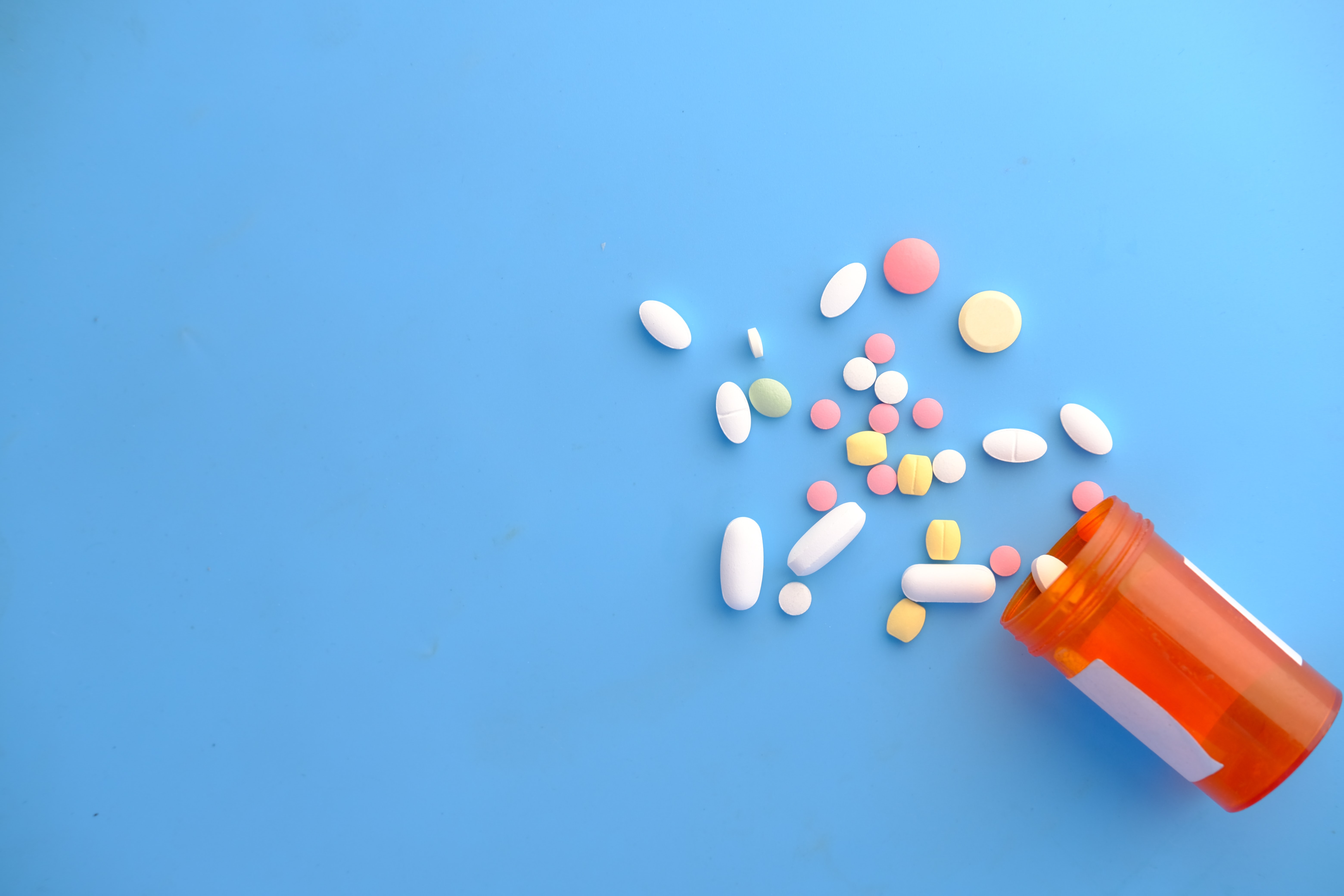
Vaginal yeast infections are a common condition that affect millions of people each year. They’re accompanied by a range of irritating symptoms like itching and pain. Luckily, these over-the-counter and prescription medication options can help - fast.
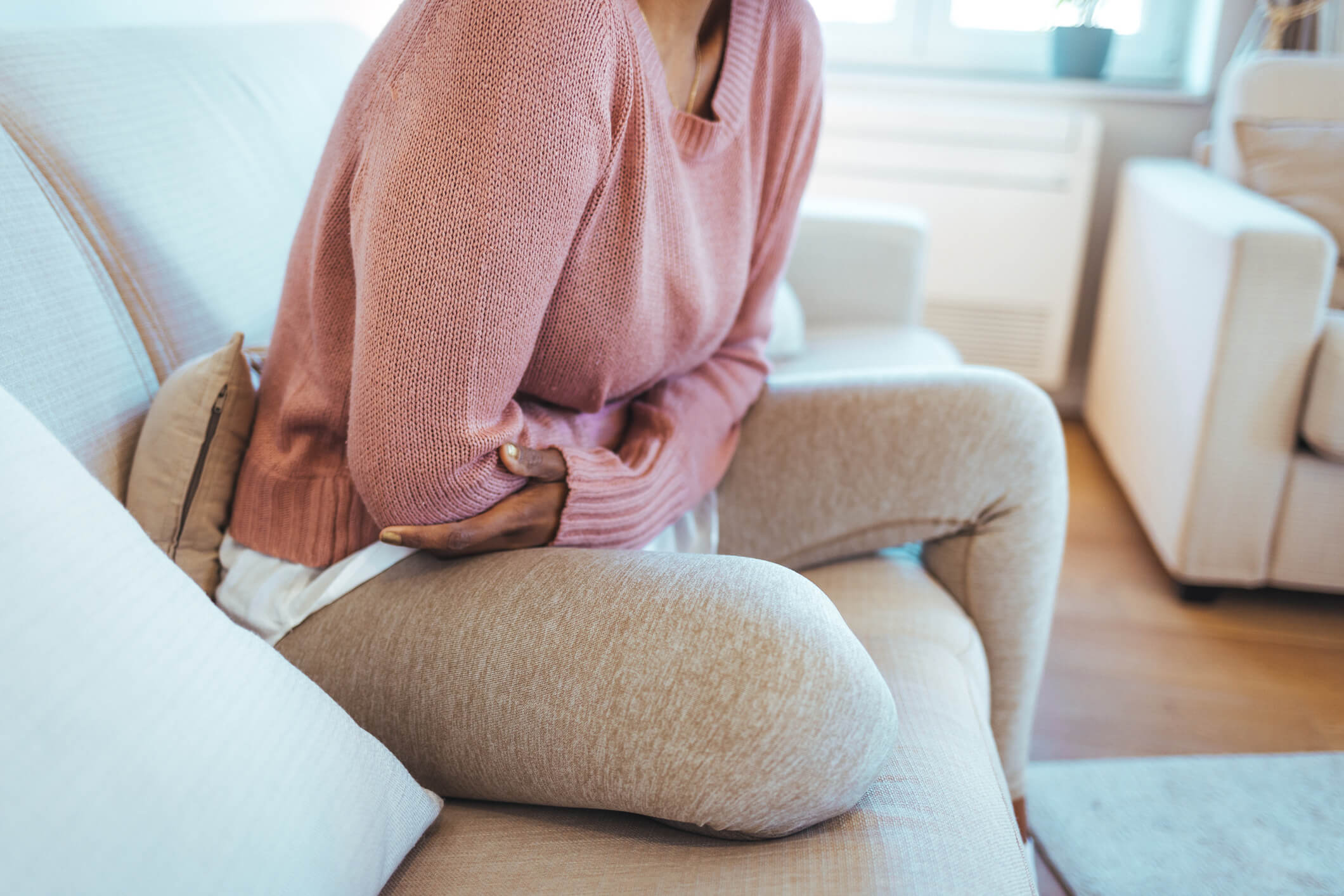
Vaginal yeast infections are a very common women’s health problem. Learn about what causes yeast infections, what symptoms to expect, and treatment options.

Bacterial vaginosis is a common women’s health condition. Learn more about the causes of bacterial vaginosis, BV symptoms, treating BV, and how to prevent it.
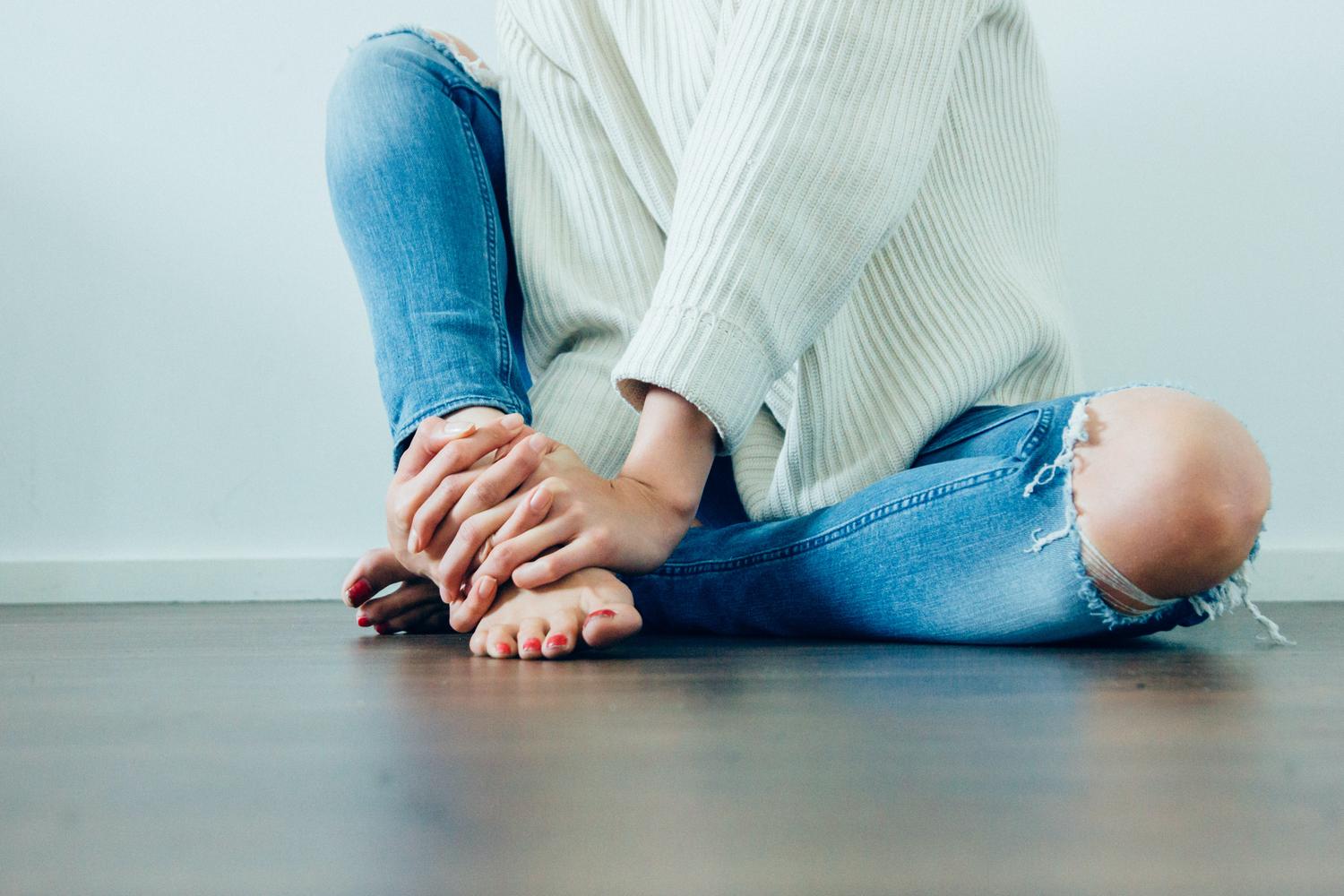
Bacterial vaginosis is a common women's health condition. Learn more about the best over-the-counter and antibiotic treatment options for bacterial vaginosis.
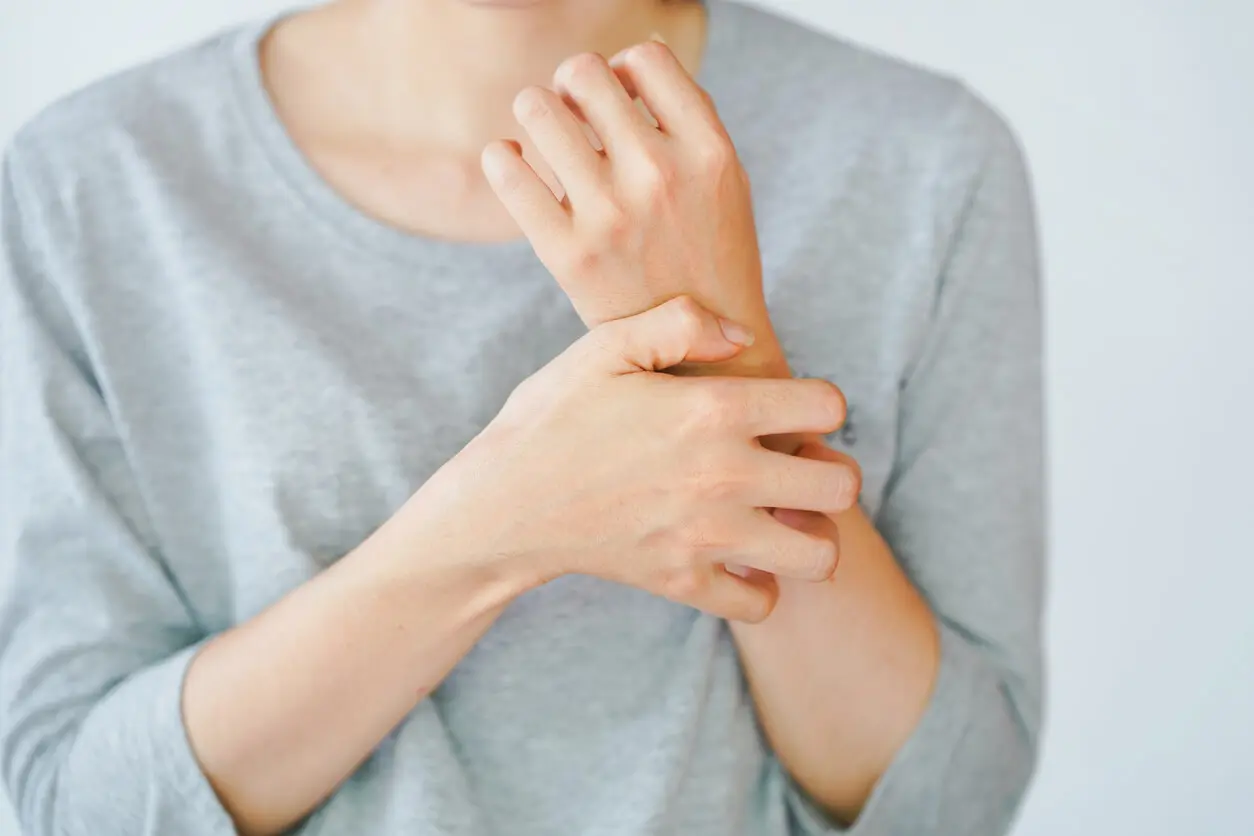
Ringworm is a fungal infection with a ring-shaped rash. This article will detail some of the best ringworm treatment options to get rid of a rash fast.
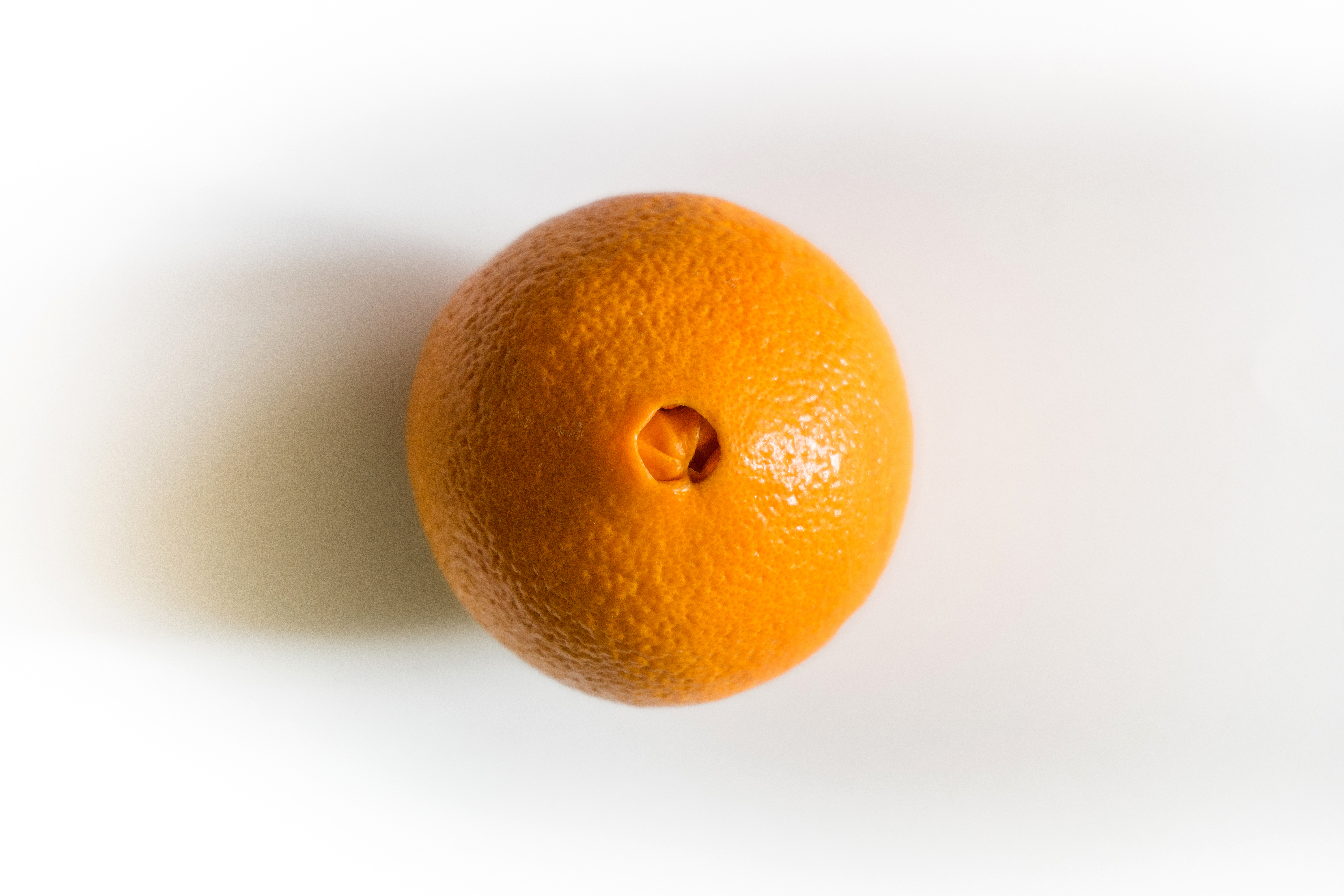
Belly button infections can be caused by a range of issues, including piercings, poor hygiene, ingrown hairs, and even diabetes. But are belly button infections serious enough to be fatal?
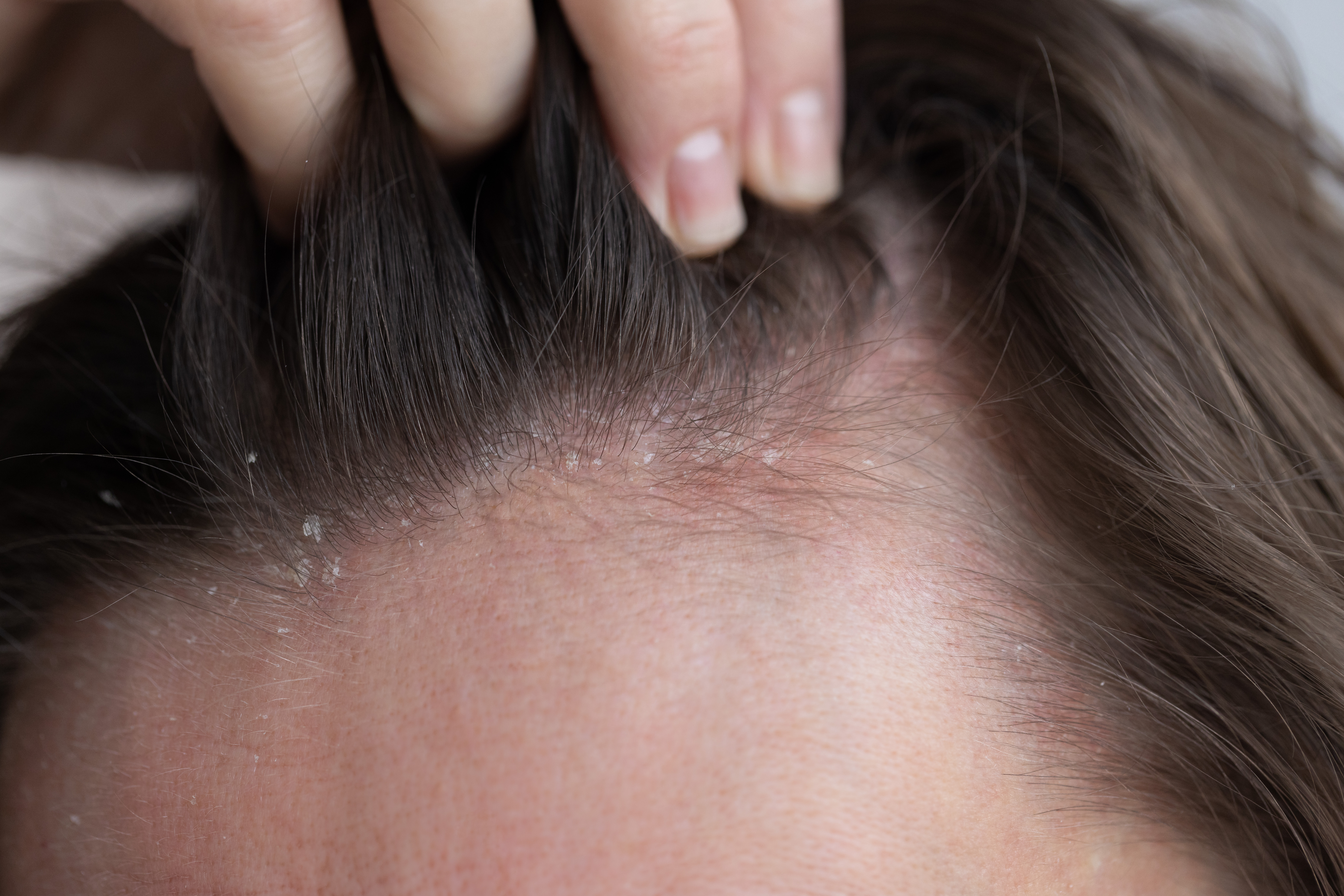
Not sure whether dandruff or scalp psoriasis is causing your flaky scalp? Learn how to tell the difference, along with treatment options, and prevention tips.
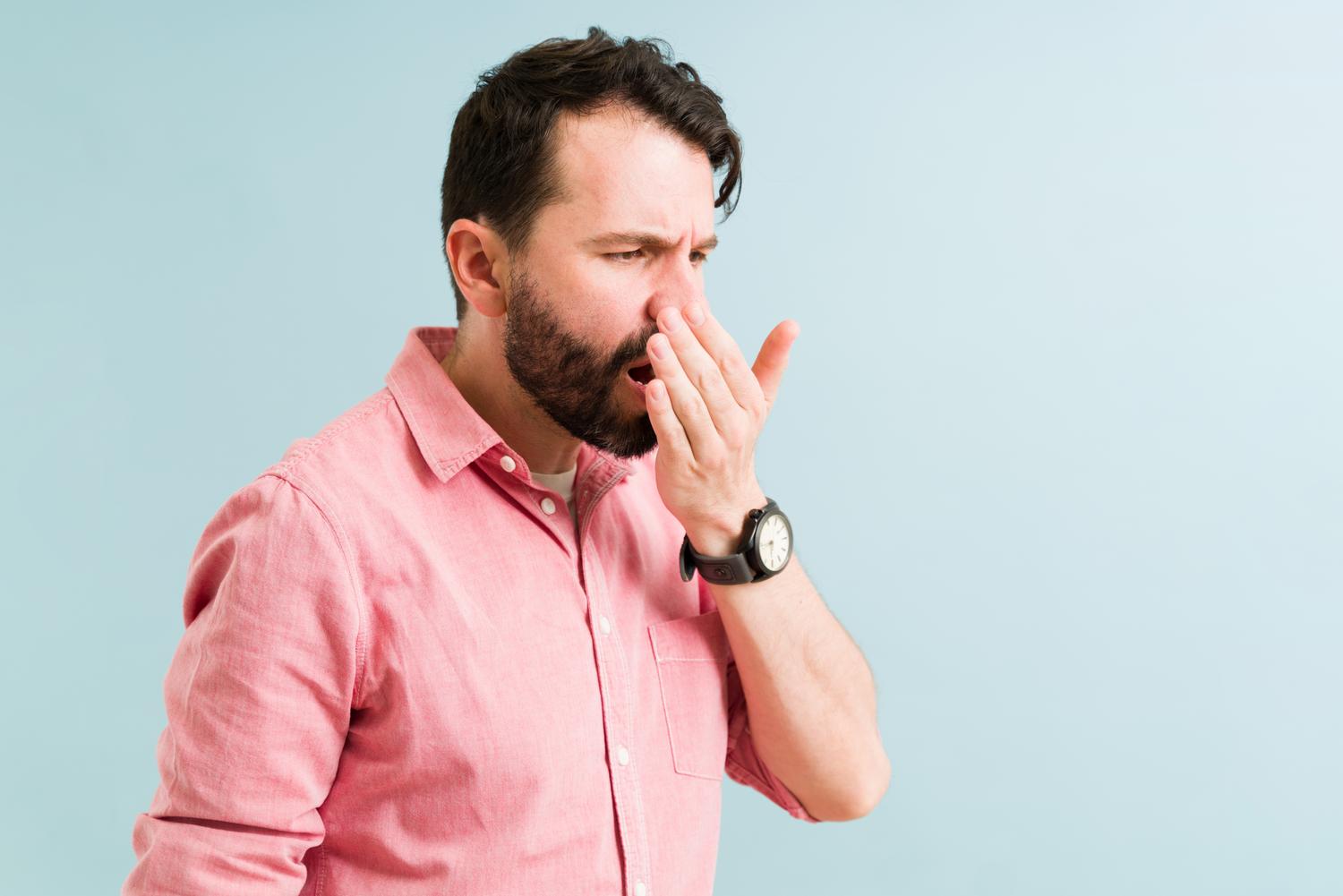
Trying to figure out if your bad breath is halitosis? Learn about common causes of bad breath, along with home remedies and medical treatments for halitosis.

Learn more about causes of low self-esteem & tips to improve yours.
